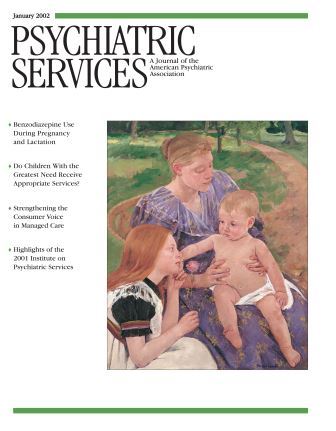Effects of Commonly Used Benzodiazepines on the Fetus, the Neonate, and the Nursing Infant
Abstract
OBJECTIVE: Despite the widespread use of benzodiazepines during pregnancy and lactation, little information is available about their effect on the developing fetus and on nursing infants. The authors review what is currently known about the effects of benzodiazepine therapy on the fetus and on nursing infants. METHODS: A MEDLINE search of the literature between 1966 and 2000 was conducted with the terms "benzodiazepines," "diazepam," "chlordiazepoxide," "clonazepam," "lorazepam," "alprazolam," "pregnancy," "lactation," "fetus," and "neonates." RESULTS: Currently available information is insufficient to determine whether the potential benefits of benzodiazepines to the mother outweigh the risks to the fetus. The therapeutic value of a given drug must be weighed against theoretical adverse effects on the fetus before and after birth. The available literature suggests that it is safe to take diazepam during pregnancy but not during lactation because it can cause lethargy, sedation, and weight loss in infants. The use of chlordiazepoxide during pregnancy and lactation seems to be safe. Avoidance of alprazolam during pregnancy and lactation would be prudent. To avoid the potential risk of congenital defects, physicians should use the benzodiazepines that have long safety records and should prescribe a benzodiazepine as monotherapy at the lowest effective dosage for the shortest possible duration. High peak concentrations should be avoided by dividing the daily dosage into two or three doses. CONCLUSIONS: Minimizing the risks of benzodiazepine therapy among pregnant or lactating women involves using drugs that have established safety records at the lowest dosage for the shortest possible duration, avoiding use during the first trimester, and avoiding multidrug regimens.



